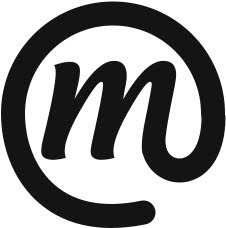My set of criteria consist of:
• space/juxtaposition
• abstract/collage
• type
• period/style/trend
• pre-digital
Having established a set of criteria based on my interests, influences and likely future direction of my work I have been considering practitioners to investigate that meet at least three of the criteria set. What has been interesting is that as I trace back through practitioners of different periods and disciplines (linked to my criteria) I am finding crossovers and links where chosen practitioners influence one another and in particular have taught other practitioners in the list. For example: Josef Albers to Paul Rand to Alan Fletcher. Through this research I am realising similarities of approaches to work that I am interested in. In particular, the organisation of two dimensional space, grids, abstract and graphic elements. Much of the investigation that I have carried out sees trails tracing back to the developments at the end of world War one and the modernist styles originating from the Bauhaus era.
What I now have to do is get my head around the terminology of 'Research methods' and attribute approaches that would have been used by my selected influences in their own work. Having now read through the module reading pack twice; an initial scan through then a more focused read I am beginning to make some sense of it all.... I think! The initial lectures certainly helped and from notes taken linked to the reading material and practitioner research it seems to be coming together.
The research that I am now involved in is beginning to shape my considerations for future work/practice and following a short tutorial with Rob (Kettell) yesterday I am starting to find some direction.




